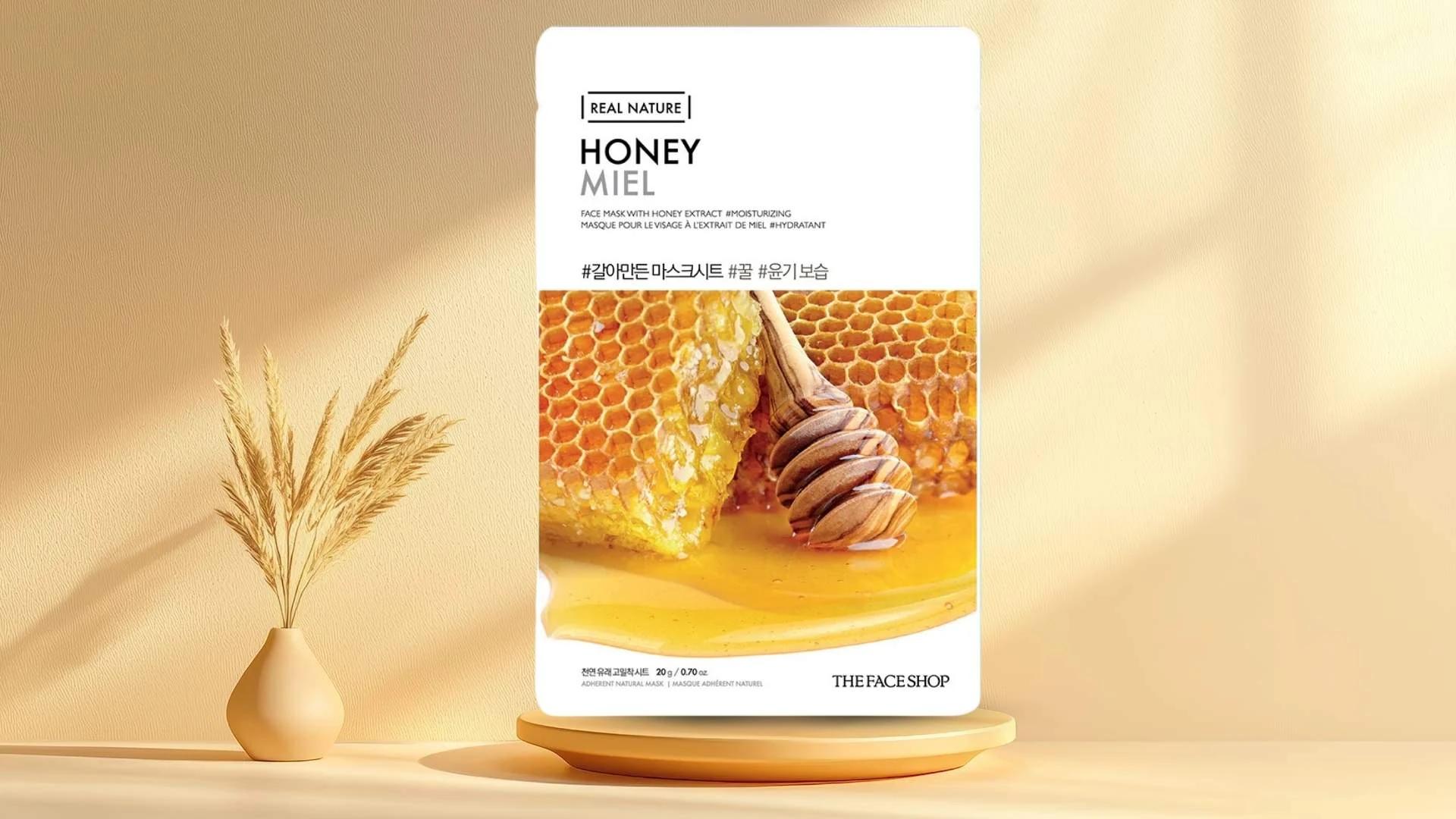Consistency is your best friend here. Use face packs 2-3 times a week rather than going overboard daily. Stay hydrated—drinking plenty of water helps your skin maintain its natural balance. Consider your diet too—excess sugar and dairy can sometimes trigger more oil production. Always do a patch test with new ingredients, especially if you have sensitive skin. Mix masks fresh each time rather than storing them—natural ingredients work best when they're active.
Common Mistakes to Avoid with DIY Face Packs
Don't overdo the exfoliation—your skin needs time to recover between treatments. Avoid harsh scrubbing when removing masks; gentle motions work better. Never use expired ingredients or leave masks on longer than recommended, thinking it'll work faster. Some people skip moisturising after clay masks, but this can actually trigger more oil production as your skin tries to compensate. Always patch test new ingredients on your inner wrist first.
Frequently Asked Questions
How often should I use a face pack for oily skin?
2-3 times per week is the sweet spot. Using them daily can irritate your skin and cause more oil production as your skin tries to protect itself.
Can homemade face packs help with acne-prone oily skin?
Yes, many natural ingredients like clay, turmeric, and tea tree oil have antibacterial and anti-inflammatory properties that can help manage acne alongside oil control.
Are there any natural ingredients I should avoid in face packs for oily skin?
Avoid heavy oils like coconut oil, and be careful with citrus ingredients if you have sensitive skin. Always patch test new ingredients first.
How long does it take to see results from using homemade face packs?
You might notice immediate effects like smoother, less oily skin after one use, but consistent results typically show after 2-4 weeks of regular use.
Can men use these face pack recipes for oily skin?
Absolutely! These recipes work for anyone with oily skin, regardless of gender. Men often have oilier skin due to higher sebum production, so these masks can be particularly helpful.
Final Thoughts
Creating your own face pack for oily skin is worth a try—it's budget-friendly, customisable, and surprisingly effective. These homemade face masks give you control over your skincare routine without breaking the bank. Remember, the key is finding what works for your unique skin and sticking with it. Your skin might not transform overnight, but with patience and consistency, you'll likely find your new go-to treatment hiding in your kitchen cupboard. Start with one recipe, see how your skin responds, then experiment with others to find your perfect match.

 100 gm
100 gm 50 gm
50 gm 100 gm
100 gm 50 gm
50 gm